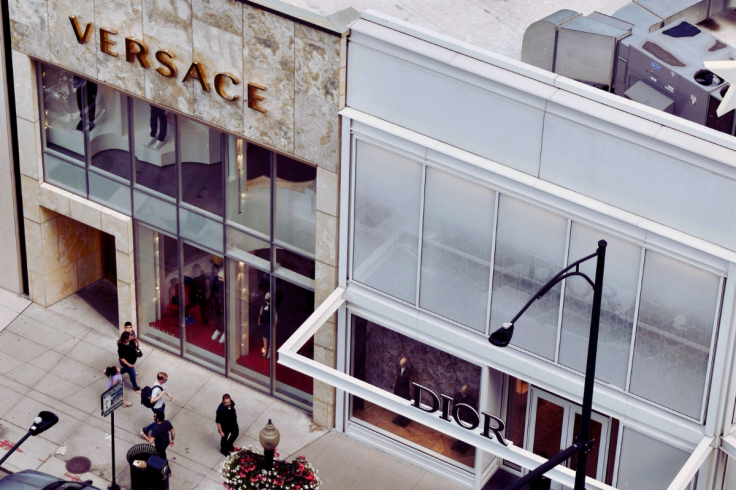Luxury Bubble Bursts as Middle Class Abandons High-End Spending
This shift threatens a years-long boom in high-end retail, leaving brands scrambling to adapt.

The global luxury market, once buoyed by middle-class shoppers splurging on designer handbags and high-end watches, is facing a reckoning.
In 2024, the personal luxury goods sector shrank by 2%, marking its first contraction in 15 years outside the early COVID-19 downturn. Middle-income households, defined as those earning £42,600 to £125,900 ($56,193 to $166,074) annually, are pulling back from 'aspirational' luxury purchases amid economic pressures.
This shift, evident in a 1.2% retail sales drop in January 2025, reflects growing economic strain, with consumers prioritising essentials like housing and food over £1,560 ($2,058) accessories.
The loss of 50 million customers in 2024, primarily middle-class buyers, signals a broader retreat, challenging luxury brands to rethink pricing and appeal.
Middle-Class Spending Fatigue
Economic angst is hitting middle-class wallets hard. A Primerica survey from Q1 2025 found 69% of middle-class consumers believe their income lags behind rising living costs, with 71% rating their savings ability as 'poor' or 'not so good'.
'The rich get richer, the poor get poorer,' said Ted Rossman, Bankrate's senior industry analyst, describing a K-shaped economy where high-earners thrive while others struggle. Retail sales reflect this divide: January 2025 saw a 1.2% drop, the steepest since July 2021, per Business Insider on 12 May 2025.
Middle-class shoppers, once eager to buy luxury as a status symbol, are now prioritising essentials like rent and groceries over £1,560 ($2,057) handbags.
The global luxury market lost 50 million customers in 2024, largely 'aspirational' middle-class buyers deterred by price hikes and macroeconomic woes, according to Bain & Company's analysis. In the Americas, the personal luxury goods market contracted over 10% in Q3 2023 and remained flat through 2024.
Luxury's Self-Inflicted Wounds
Luxury brands' aggressive price increases and overexpansion have backfired. 'A large majority of the consumers lost were aspirational consumers — detaching from luxury due to price hikes and a challenging macroeconomic context,' said Claudia D'Arpizio, a Bain partner, on 12 May 2025.
Post-pandemic, brands raised prices to maintain exclusivity, but this alienated middle-class buyers already squeezed by inflation and higher interest rates. McKinsey reports that 76% of US consumers planned to 'trade down' in Q3 2024, opting for discounts or delaying purchases.
Luxury's promise of craftsmanship and exclusivity has also weakened, with some brands failing to justify premium costs, per a 13 January 2025 McKinsey report.
The shift extends beyond the US. In China, a key luxury market, spending dropped 20% year-on-year in 2024 due to a property crisis and high youth unemployment. Bain forecasts no significant recovery until mid-2025, further strained by potential US tariffs under the Trump administration.
Can Luxury Adapt?
Luxury brands face a pivotal moment. Bain predicts modest growth of 0–4% for the personal luxury goods market in 2025, driven by emerging markets like India and Southeast Asia, expected to add 50 million upper-middle-class consumers by 2030.
Brands that pivot to value-driven offerings, such as second-hand luxury or smaller-ticket items like fragrances, are seeing gains. Outlet stores and online platforms like Vestiaire Collective are thriving as consumers seek affordable luxury. However, relying solely on ultra-wealthy clients risks long-term stagnation.
'What brands did well in 2009 was that they recognised immediately that, without the middle class, this industry would have been lost,' said Bain's Federica Levato.
As middle-class spending falters, luxury's future hinges on recapturing these aspirational buyers or redefining exclusivity.
© Copyright IBTimes 2025. All rights reserved.





















